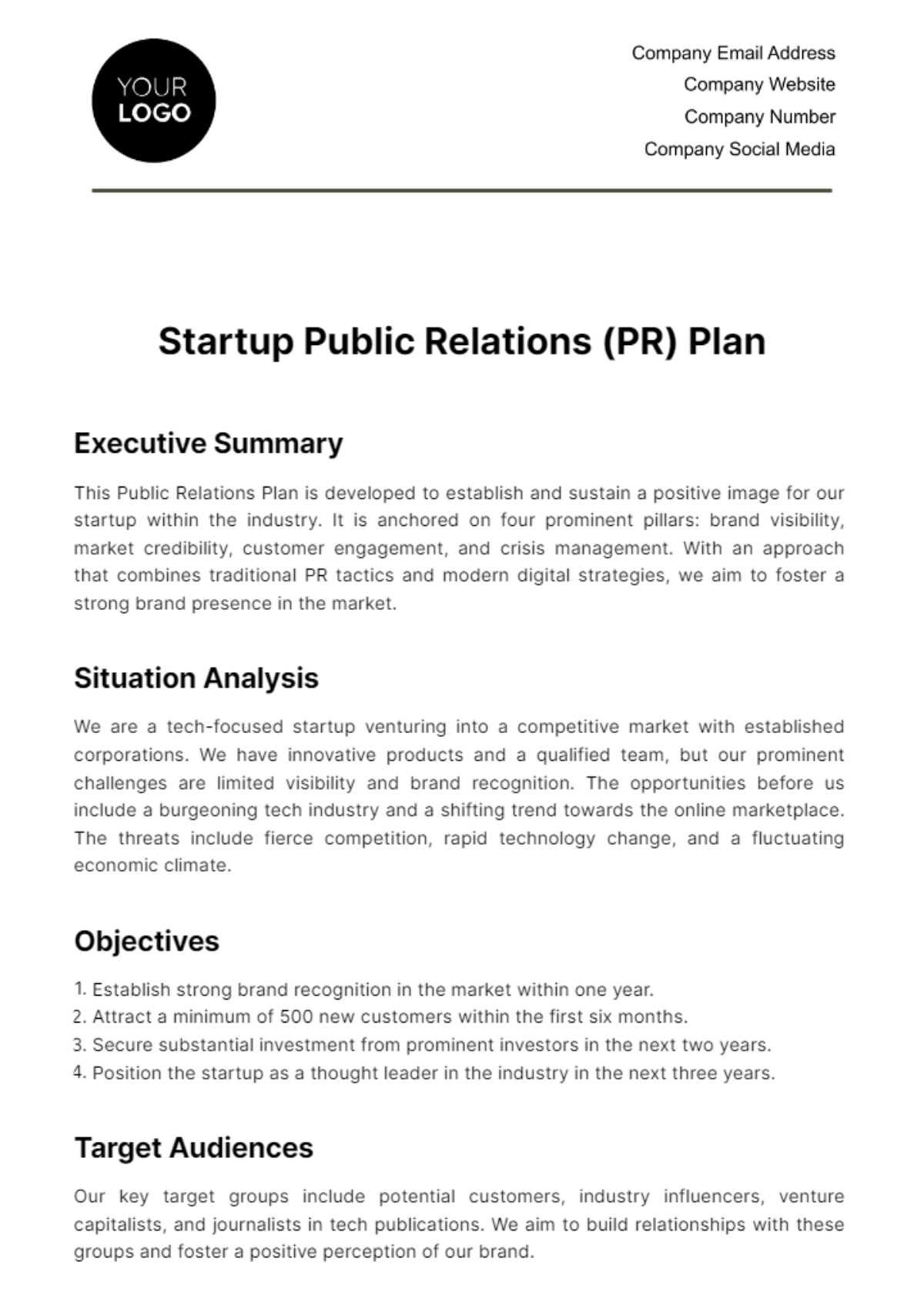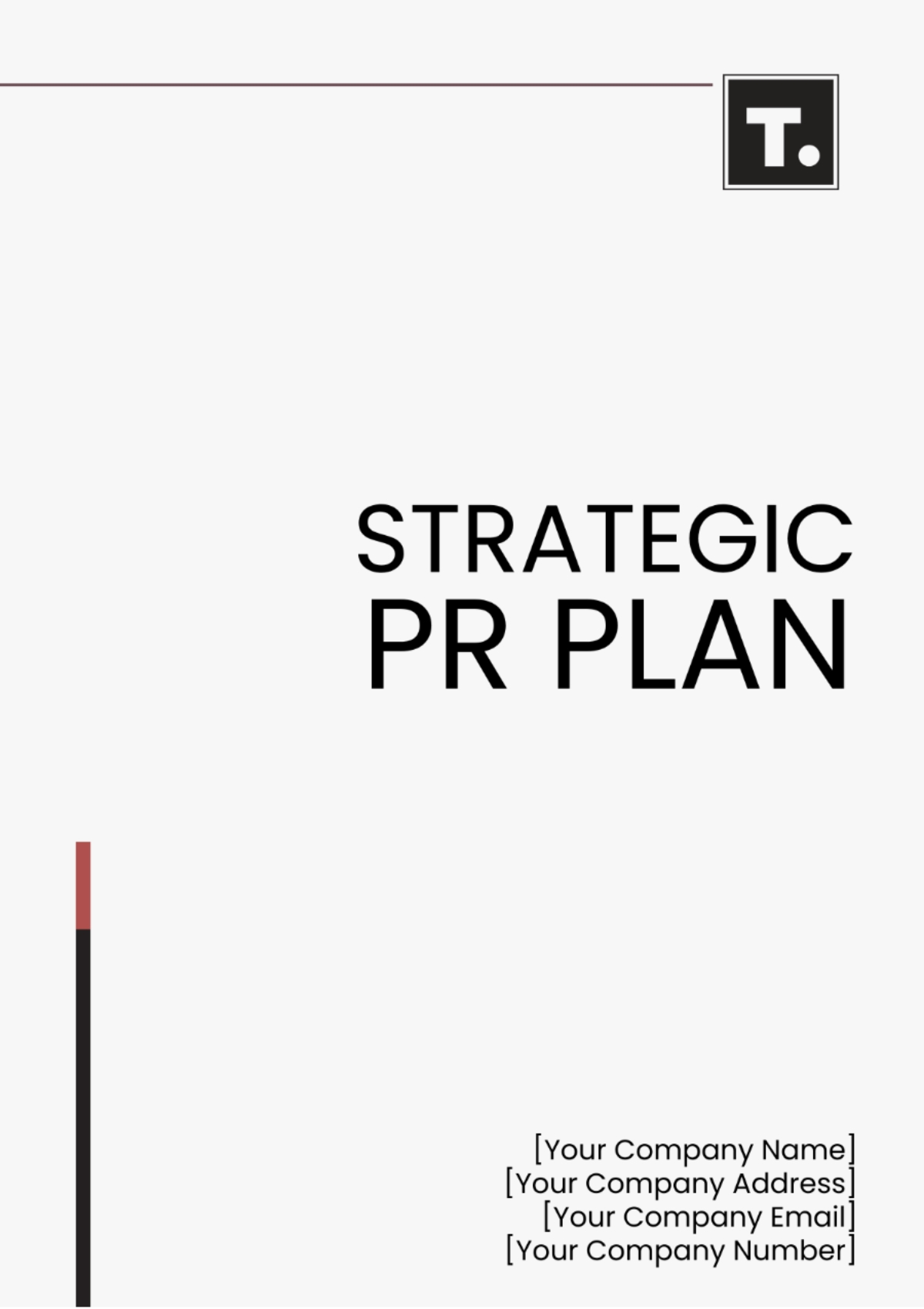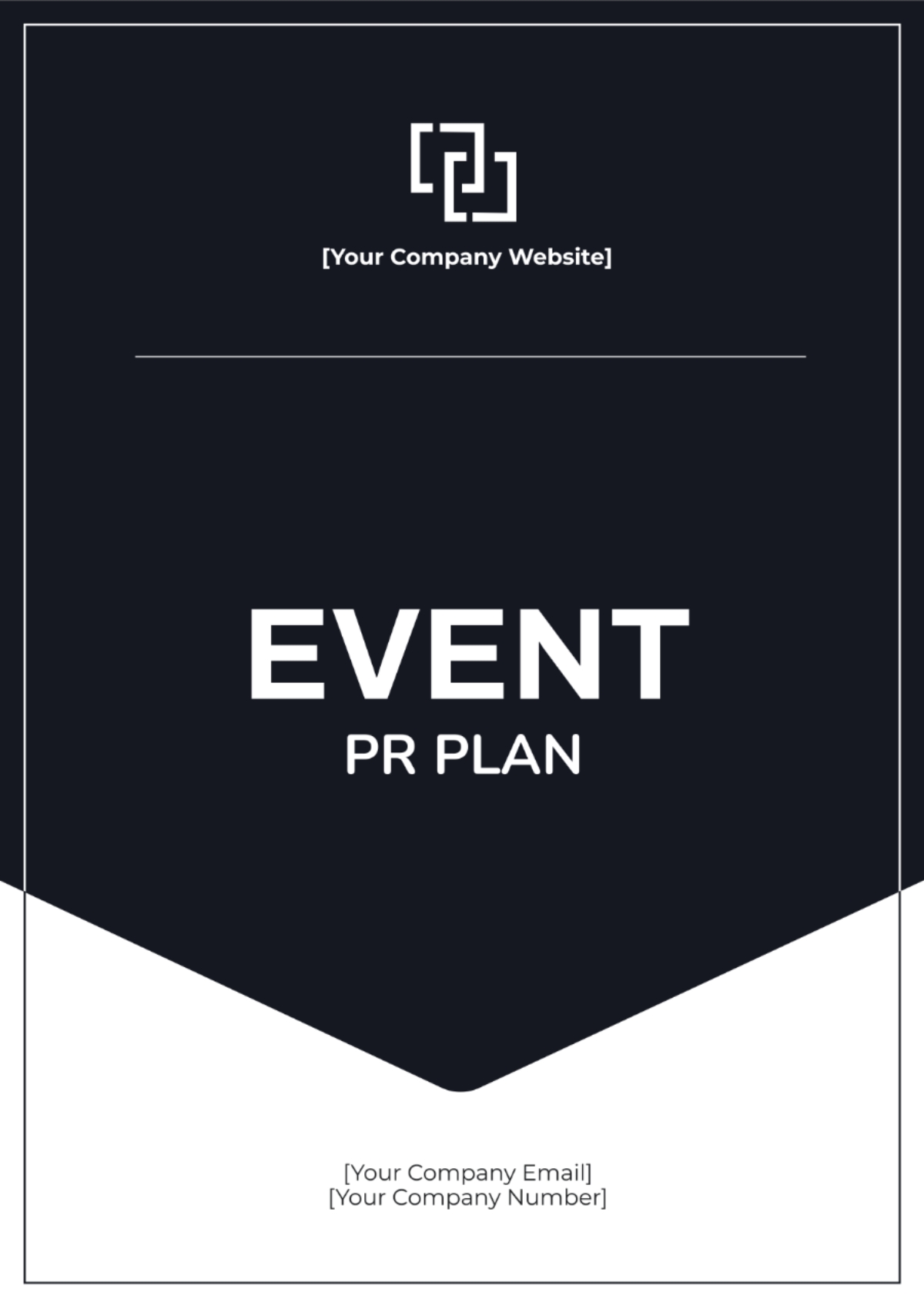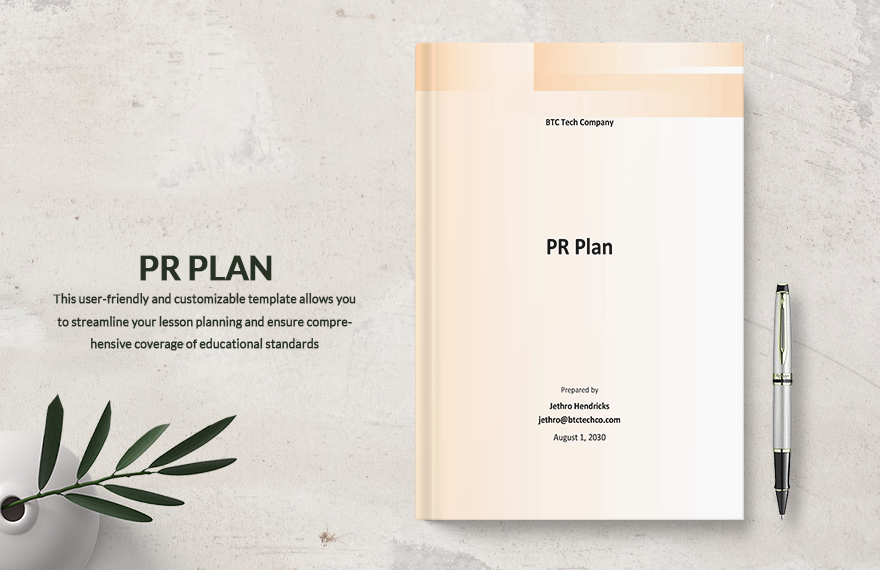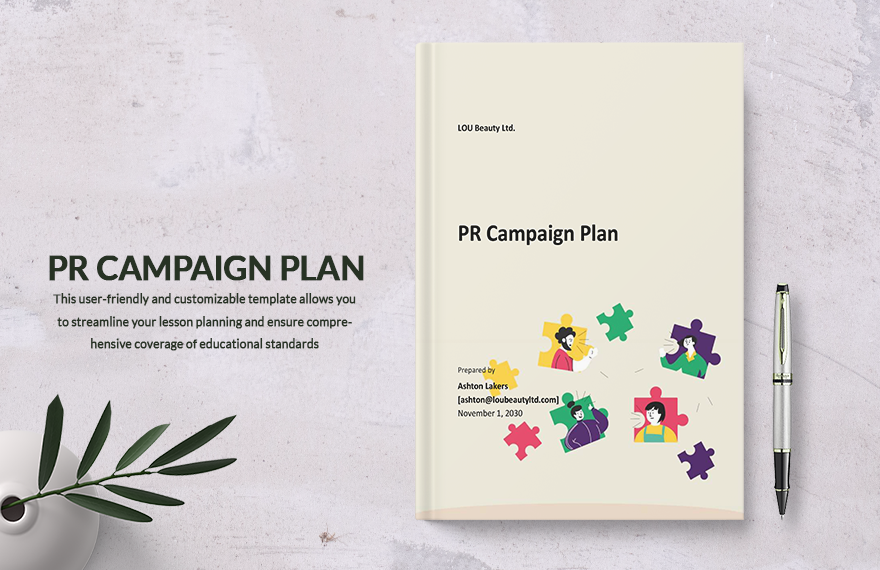Public relations is an essential aspect of any business, helping to shape the public perception of a company and its products or services. Developing a comprehensive PR plan is crucial for effectively managing a company’s reputation and building strong relationships with key stakeholders. By creating a PR plan template, businesses can streamline their communication efforts and ensure consistency in their messaging.
A PR plan template serves as a roadmap for executing a company’s PR strategy and achieving its communication goals. It typically includes key components such as an executive summary, situation analysis, objectives, target audience, key messages, tactics, timeline, budget, and evaluation metrics. By outlining these elements in a template, businesses can develop a clear and well-structured plan that guides their PR activities and ensures alignment with their overall business objectives.
One of the first steps in creating a PR plan template is conducting a thorough situation analysis to assess the current state of the company’s reputation, identify key issues and opportunities, and understand the competitive landscape. This analysis helps to inform the development of clear and achievable PR objectives that are tied to the company’s broader goals and objectives. By setting specific and measurable objectives, businesses can track their progress and evaluate the success of their PR efforts.
Once the objectives have been established, the next step is to identify the target audience for the PR campaign and develop key messages that resonate with this audience. By understanding the needs and preferences of the target audience, businesses can tailor their communication efforts to effectively reach and engage with key stakeholders. The PR plan template should outline the tactics and channels that will be used to deliver these key messages, whether through media relations, social media, events, or other communication platforms.
It is also important to create a detailed timeline that outlines the specific tasks and deadlines for each phase of the PR campaign. By establishing a clear timeline, businesses can ensure that their PR activities are executed in a timely manner and that all team members are aligned on key deliverables. Additionally, the PR plan template should include a budget that outlines the resources and costs associated with executing the PR campaign, helping businesses to allocate their resources effectively and manage their expenses.
In conclusion, developing a PR plan template is essential for businesses looking to effectively manage their reputation and communicate with key stakeholders. By outlining key components such as objectives, target audience, key messages, tactics, timeline, budget, and evaluation metrics, businesses can create a clear and well-structured plan that guides their PR activities and ensures alignment with their overall business objectives. With a comprehensive PR plan template in place, businesses can effectively execute their PR strategy and achieve their communication goals.
